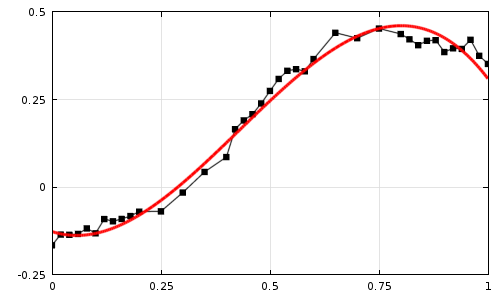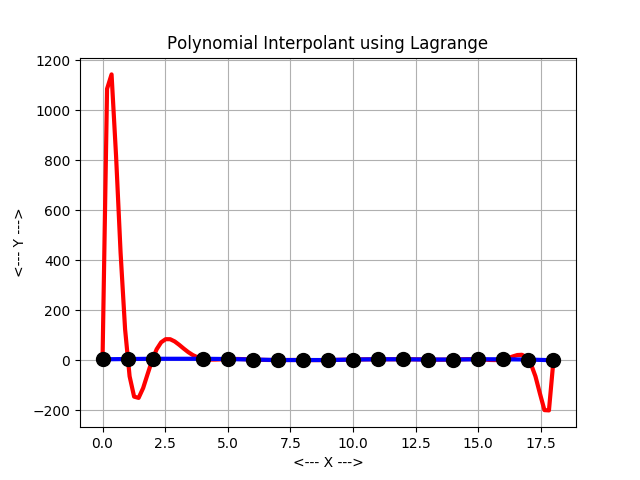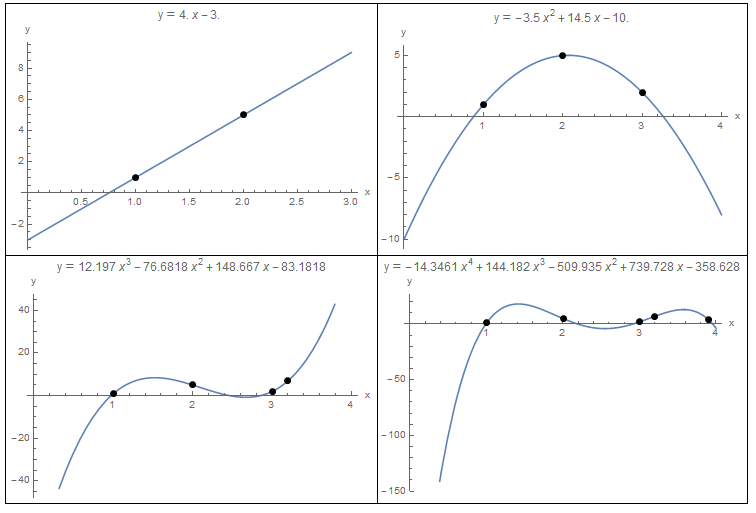
The formula can get more complex if things such as drifts and a search radius are applied.īelow is a classed post map displaying a set of data values that were gridded using the Kriging method. The value of weights will sum to 1 to make sure there is no bias towards clustered data points. Where Z A is the estimated value of grid node A, n is the number of neighboring data values used in the estimation, Z i is the value at location i with weight, W i. For example, to compute the Z value at grid node A, this equation is used: This way, points that are further from the node will have less weight in the estimation of the node. Each data point is weighted by its distance away from the node. Surfer has some different options of Kriging available to customize.Įach grid node value is based on the known data points neighboring the node. It also can extrapolate grid values beyond the range of the data’s Z values. One of the disadvantages to Kriging is that it can be slower than other methods. It also can compensate for clustered data by giving less weight to the cluster in the overall prediction. Kriging is effective because it produces a good map for most data sets. Kriging is one of the more flexible and accurate gridding methods typically the one that is recommended when gridding data. The methods that are examined are Kriging, Nearest Neighbor, Natural Neighbor, Local Polynomial, Radial Basis Function, and Triangulation with Linear Interpolation.

This article focuses on six of the gridding methods and a basic understanding of each the rest of the gridding methods are covered in A Basic Understanding of Surfer Gridding Methods – Part 2. Surfer has several different options for gridding methods and each have its own set of gridding options.

Although the algorithms are computed internally in Surfer, choosing the best gridding method for the data can be difficult.

Each grid node is located at a particular XY location and has a Z value associated with it. To create a grid file, Surfer takes randomly spaced XYZ data and uses it to create a regularly spaced grid file, composed of grid nodes. To create a grid based map, you must have a grid file. Surfer offers many different grid based maps, such as 2D contour maps and 3D surface maps.


 0 kommentar(er)
0 kommentar(er)
